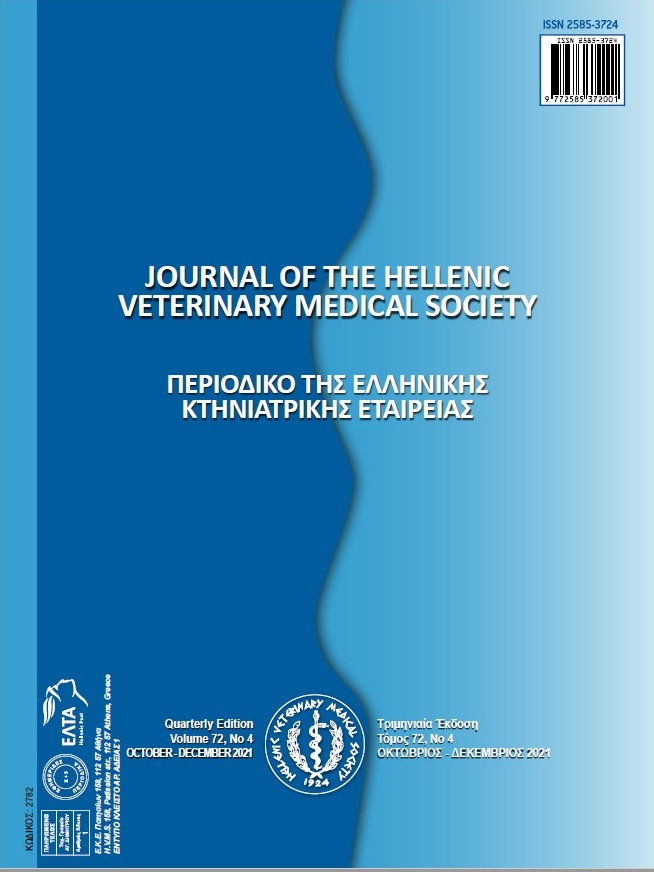Epidemiology of cryptosporidiosis in dairy calves in central and eastern Algeria

Abstract
The purpose of our survey is to estimate the frequency of Cryptosporidium spp in dairy calves under 60 days of age, the pathogenic role of Cryptosporidium spp in the development of diarrhea, the intervention and association of other enteropathogens often involved in neonatal diarrhea and the possible relationship between infection and certain farming practices in order to estimate the share of risk factors, and on the other hand, to compare between the modified Ziehl-Neelsen staining method and the copro-ELISA test. We found 35 positive samples out of 223 faecal samples analyzed by modified Ziehl-Nielson staining, with a prevalence of 15.69%, the infected calves had 4 times the risk of diarrhea (RR= 4), the age group [8-15 days] is the most susceptible to infection compared to the other age groups (31.1%; p<0.05). The ELISA test revealed that 33 out of 92 calves were infected by Cryptosporidium spp., with a prevalence of 35.87%, showing a sensitivity and specificity of Ziehl-Neelsen staining of 51.5% and 96% respectively.
Article Details
- How to Cite
-
DADDA, A., MOHAMED-CHERIF, A., AIT-OUDHIA, K., AOUN, L., & KHELEF, D. (2022). Epidemiology of cryptosporidiosis in dairy calves in central and eastern Algeria. Journal of the Hellenic Veterinary Medical Society, 72(4), 3285–3292. https://doi.org/10.12681/jhvms.29361
- Issue
- Vol. 72 No. 4 (2021)
- Section
- Research Articles

This work is licensed under a Creative Commons Attribution-NonCommercial 4.0 International License.
Authors who publish with this journal agree to the following terms:
· Authors retain copyright and grant the journal right of first publication with the work simultaneously licensed under a Creative Commons Attribution Non-Commercial License that allows others to share the work with an acknowledgement of the work's authorship and initial publication in this journal.
· Authors are able to enter into separate, additional contractual arrangements for the non-exclusive distribution of the journal's published version of the work (e.g. post it to an institutional repository or publish it in a book), with an acknowledgement of its initial publication in this journal.
· Authors are permitted and encouraged to post their work online (preferably in institutional repositories or on their website) prior to and during the submission process, as it can lead to productive exchanges, as well as earlier and greater citation of published work.




